
History about Sewing
Sewing, the craft of fastening or attaching objects using stitches made with a needle and thread, has a rich
and diverse history that stretches back thousands of years. As one of the oldest textile arts, sewing has played
an essential role in human civilization and cultural development.

The origins of sewing can be traced back to prehistoric times when early humans used bone, ivory, or animal
sinew needles to stitch together animal hides for clothing and shelter. Over time, these basic techniques
evolved, and the introduction of metal needles and the invention of the spinning wheel in the Middle Ages
revolutionized the art of sewing.
Sewing became an essential skill in many ancient civilizations, including ancient Egypt, China, and Greece.
In ancient Egypt, intricate and elaborate garments were meticulously sewn for both royalty and commoners. Ancient
Chinese cultures introduced silk production and embroidery, creating exquisite hand-stitched garments that were
prized throughout the world.

The Industrial Revolution in the 18th and 19th centuries marked a turning point in the history of sewing. The
invention of the sewing machine by Elias Howe and later improved by Isaac Singer mechanized the sewing process,
leading to mass production and the rise of the garment industry. This revolutionized the fashion industry,
making clothing more affordable and accessible to a broader range of people.
Sewing has also been a significant part of the women’s rights movement. During the late 19th and early 20th
centuries, sewing circles and associations brought women together, providing opportunities for networking,
education, and empowerment. These groups played a crucial role in advocating for women’s suffrage and equality,
helping to shape history.

Today, sewing has evolved into both a practical skill and a creative outlet. While many still sew their clothing
and home decor by hand or using traditional sewing machines, modern technology has introduced computerized
sewing machines and advanced techniques like embroidery digitization. Sewing enthusiasts and professionals
continue to explore new possibilities, combining tradition with innovation.
In conclusion, sewing has a captivating history that spans centuries. From its humble beginnings as a necessary
survival skill to its role in cultural expression and industrialization, sewing continues to impact our lives.
Whether as a hobby, profession, or cultural practice, the art of sewing remains an integral part of human
history and will undoubtedly continue to thrive in the future.
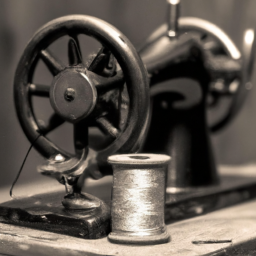
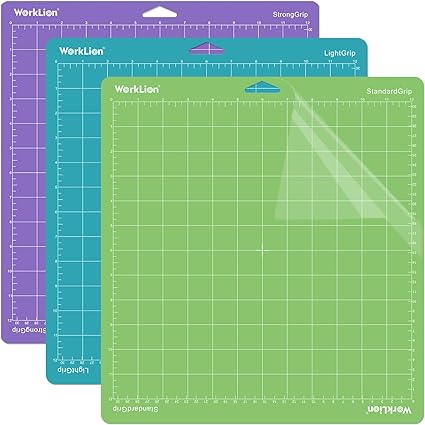
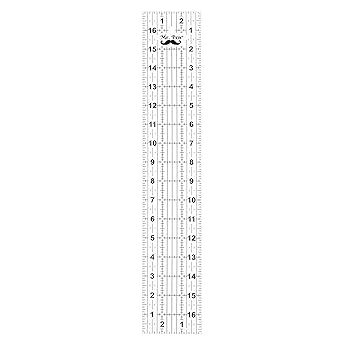
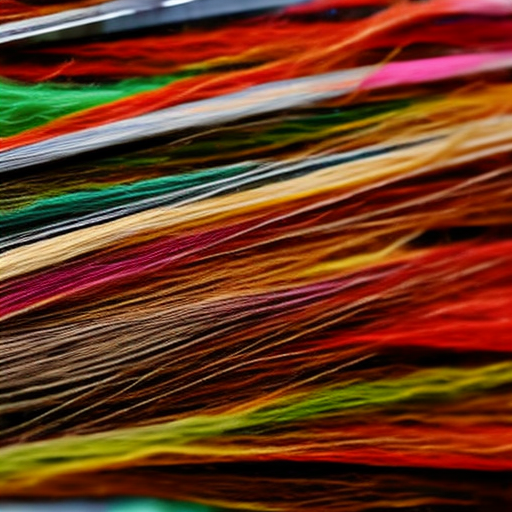
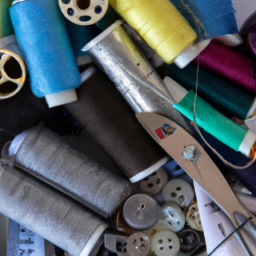
Wow, I can’t believe how long sewing has been around for!
Marta Cayetano: Sewing sure has come a long way!
Jamyre Herring: This is really interesting!
It’s amazing to see the different ways people have been sewing for thousands of years! With so many different techniques and styles, it’s interesting to see how the art of sewing has changed over time.
Fascinating to see how far sewing has come!
Incredible to think of all the different innovative ideas people have had over the centuries that have impacted the sewing industry!